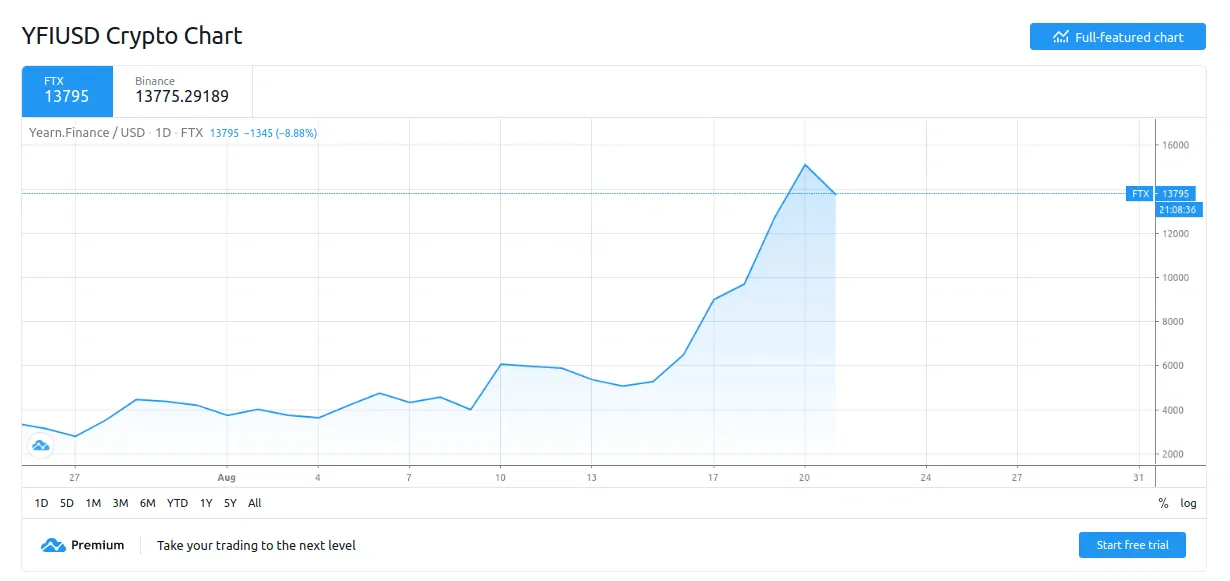After noting that Medalla nodes continued to experience synchronization issues, Prysmatic Labs co-founder and ETH 2.0 developer Preston Van Loon mentioned on his Twitter account that the network is now operational again. These and more news in this practical daily summary so that you are always informed with the most recent events that occur within the crypto world.
📍Preston Van Loon reported on his Twitter account that the multi-client test network Medal, ETH 2.0, started again with the completion of the blocks.
The participation rate of validators in Medalla, which was dispersed due to several network forks around the block 2289, fell progressively reaching levels below 5%, after the network had an average participation rate of 72%. Since then, the network has thrown several hundred unfinished or lost blocks. Now, with the new synchronization of the nodes, the participation rate continues to be dispersed, but the ETH 2.0 Medalla network shows that in the last few hours it has recovered a large part of the consensus. On average, the current participation rate is between 60% and 67% according to the sample beaconcha.in.
📍China started a pilot test program in Hong Kong City and other major cities and regions across the country, including Beijing, Tianjin, Hebei, the Pearl River Delta and Midwest China, to educate citizens on the use of their currency. CBDCKnown as Digital Currency Electronic Payment (DCEP) or the digital yuan. Pilot tests consist of creating ecosystems conducive to the use of digital currency, as shown by a video circulating on the social network WeChat, where a woman exchanges money from her bank account and converts it into the new digital currency.
📍Likewise, another of the countries that join the possible issuance of a CBDC is Brazil. Recently the president of the Central Bank of the country announced in the 10th Plenary Meeting of the Pix Forum, which are considering the possible issuance of their own digital currency in the future. In his statements, the president of the bank assured that they are analyzing the possible risks, impacts, benefits and potential of issuing a digital currency, in addition to the way in which they would implement it, the necessary digital infrastructure and other aspects of importance and interest.
📍Capital One, a US-based financial services company, said it will launch a new prediction system for the stock market. cryptocurrencies, based on Artificial Intelligence (AI) that will help improve and guarantee the business operations of the company and its customers. Likewise, to protect the intellectual property rights on this new prediction system, Capital One presented a patent request with the United States Patent and Trademark Office (USPTO). In this application, the company states that its new and innovative system will provide an intelligent engine to predict cryptocurrency market trends, as well as provide reliable information to ensure the credibility of these trends.
📍In markets, while Bitcoin suffered a drop of almost 6% in its value, going from $12.400 to $11.800 USD, the token of DeFi de Year Finance, AND FI, exceeded $15.000 USD, according to data from the platform Trading ViewWith this feat, YFI becomes the first token to surpass the price of Bitcoin, the leading cryptocurrency by market capitalization.

Source: Tading View
📍Block.One, the company that developed the blockchain protocol EOS.IO, plans to integrate Bitcoin into EOS. An agreement signed with the company Northern Data AGBlok.One CEO Brendam Blumer said the partnership presents a feasible solution for Bitcoin mining, integrating over 180 megawatts into the network via the EOS.IO protocol and with high-performance equipment. According to the company's estimates, 180 MW represents around 3,51 EH/s of power to the Bitcoin network, approximately 4% of the current total power.
Continue reading: AI: Why are Bitcoin mining equipment manufacturers moving towards Artificial Intelligence?




